When it comes to the heartbreaking task of burying a beloved pet, one of the most common questions dog owners ask is, “How deep to bury a dog?” Saying goodbye to a cherished companion is never easy, but ensuring a respectful and dignified burial is an essential part of the grieving process. The emotional and practical considerations surrounding a dead dog, such as whether to allow surviving pets to see the body to help them understand the loss and the safety concerns regarding potential residual medications, are crucial to address. As a responsible pet owner, it’s crucial to understand the proper techniques and guidelines for burying your dog, not only to honor their memory but also to protect the environment and comply with local regulations. In this article, we’ll delve into the key considerations for determining the appropriate depth for your dog’s burial, as well as other important aspects of dog grooming and general care that can help you prepare for this difficult moment. By following these guidelines, you can ensure that your faithful friend receives a fitting farewell and a peaceful resting place.
Key Takeaway
- Burying your beloved pet dog is a personal decision that requires careful planning to ensure a respectful goodbye.
- Research local laws and regulations regarding pet burial and consider factors like grave depth, location, and safety.
- Properly bury your pet’s body 3-4 feet deep in a safe location away from other animals and water sources.
- Consider alternatives like pet cremation or burial in a pet cemetery if a home burial isn’t feasible.
- Take time to grieve, memorialize your pet, and celebrate the happy memories of your faithful companion.
Preparing for Pet Burial

Understanding Local Laws and Regulations
Researching local laws and regulations regarding pet burial is crucial to ensure a respectful goodbye for your beloved pet. Different regions have varying rules on home burial, and understanding these requirements can prevent legal complications. Contact local authorities to verify if permits are needed or if there are restrictions on burial locations. This proactive step ensures that you comply with all necessary legalities and honor your pet in the best way possible.
Legal Implications of Pet Burial
When it comes to burying your pet, there are several legal implications to consider. As a pet owner, it’s essential to be aware of the laws and regulations in your area regarding pet burial.
Planning the Logistics of a Backyard Burial
Consider the cost and logistics of a backyard burial, including selecting an appropriate location for your dog’s grave and considering various environmental factors. This includes the need to dig deep enough to prevent wild animals from disturbing the grave. A hole that is 3-4 feet deep is recommended to safeguard your pet’s body from other animals and ensure a secure resting place. Additionally, think about the tools and time required for this task. You might need a shovel, gloves, and possibly help from family members or friends to manage the physical demands of digging a proper grave.
Emotional Considerations for You and Other Pets
Think about the emotional impact of a home burial on you and other pets in the household. Burying your pet at home can offer a sense of closeness and comfort, allowing you to visit the grave and reflect on cherished memories. However, it can also be emotionally draining, especially if you have other pets who might sense the loss. The bond shared with your deceased pet is unique and cannot be replaced by any other dog, making a thoughtful farewell process important. Consider the feelings of each family member and provide space for everyone to grieve in their own way. Creating a small memorial or planting a tree can be a healing gesture, offering a lasting tribute to your beloved pet.
Handling Your Pet’s Body
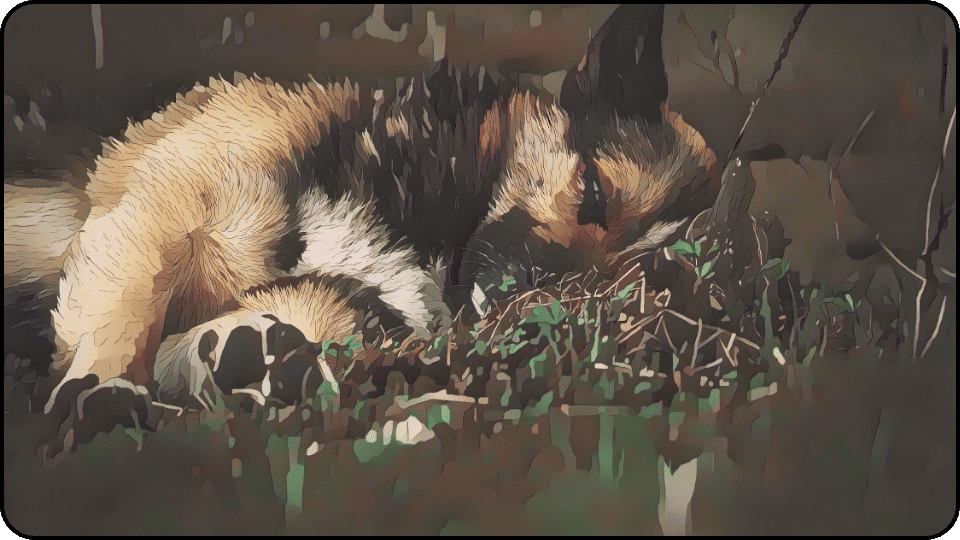
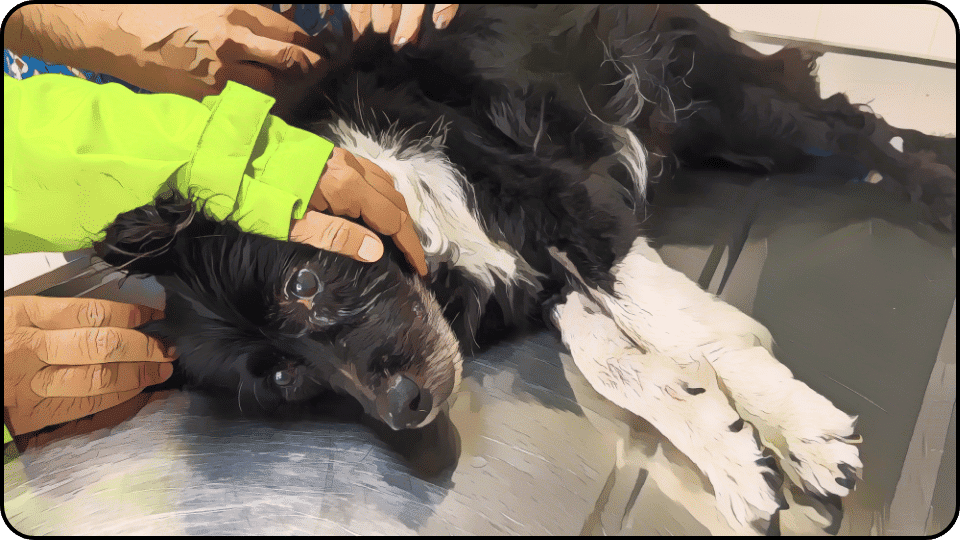
Preparing Your Pet’s Body for Burial
When preparing your pet’s body for burial, it’s important to use materials that are both respectful and environmentally friendly. Wrap your pet’s body in a breathable and biodegradable material, such as a towel or blanket. This choice makes the burial process easier to handle and ensures that the body decomposes naturally over time. Avoid using a plastic bag, as it can prevent the body from breaking down properly, leading to environmental concerns.
Adding Personal Touches to the Burial
Consider adding a personal item to the burial. Including a favorite toy, collar, or blanket can serve as a meaningful tribute. These items reflect the bond you shared with your beloved pet and can provide comfort during the grieving process. Such personal touches make the burial more intimate and memorable.
Checklist for Preparing Your Pet’s Body
Here’s a quick checklist for preparing your pet’s body:
- Choose a biodegradable material like a towel or blanket.
- Avoid using plastic bags or non-biodegradable materials.
- Include a personal item for a meaningful tribute.
Taking these steps ensures that your pet’s body is laid to rest with dignity and care. It also aligns with environmental considerations, honoring both your pet and the earth. By thoughtfully preparing your pet’s body, you create a respectful farewell that reflects the love and companionship you shared.
Choosing a Safe Burial Location From Wild Animals

Choosing a safe burial location for your beloved pet is an essential step in ensuring their pet’s grave remains undisturbed and respectful. Start by selecting a spot that is away from other pets and wild animals. This reduces the risk of disturbances and ensures a peaceful site for your pet’s grave. Avoid areas near water sources or underground pipes, as these can pose environmental risks and complicate the burial process.
Consider the impact of weather conditions on the grave site. Heavy rainfall or cold temperatures can affect the integrity of the grave. Choose a location that is well-drained and protected from the elements. This will help maintain the grave’s condition over time and prevent issues such as soil erosion or waterlogging. Additionally, selecting an area with natural barriers, like bushes or trees, can provide extra protection against harsh weather and potential disturbances from other animals.
Before finalizing the burial site, consult with local authorities to ensure compliance with regulations. Local laws may dictate where and how you can bury your pet. Checking these requirements beforehand can prevent legal complications and ensure a respectful burial. It’s also wise to consider future plans for the area, such as gardening or landscaping, to avoid future disturbances. Planning the burial site with potential future activities in mind can prevent the need to relocate the grave, which could be emotionally challenging.
To assist with your decision, here’s a quick checklist for selecting a burial location:
- Choose a site away from other animals and water sources.
- Ensure the area is well-drained and protected from harsh weather.
- Verify with local authorities for compliance with burial regulations.
- Consider future use of the burial area to prevent disturbances.
- Look for natural barriers to provide additional protection.
The Burial Process For Your Beloved Pet
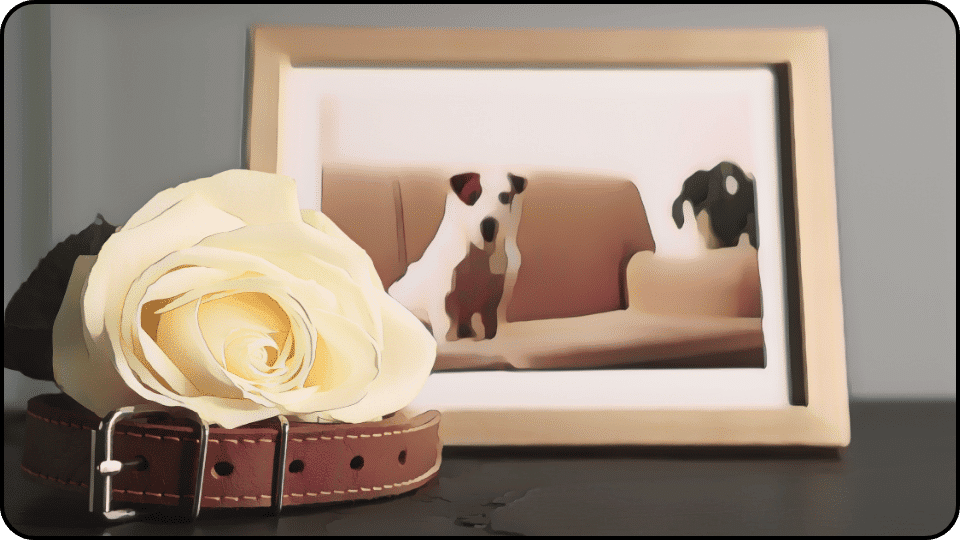

Digging the hole for your deceased dog is a crucial step in the burial process. To ensure a respectful and safe resting place, it’s essential to dig a hole that is at least 3-4 feet deep. This depth helps prevent wild animals from disturbing the pet’s body and safeguards against scavengers. Moreover, a deep grave ensures that the pet’s remains are well-contained, protecting the environment and other animals from potential hazards.
When placing the pet’s body in the hole, consider wrapping it in a biodegradable material such as a towel or blanket. Avoid using a plastic bag, as it can hinder natural decomposition. Once the pet’s body is positioned in the grave, cover it with soil. Make sure to compact the soil firmly to prevent settling over time. This step helps maintain the integrity of the gravesite and ensures it remains undisturbed.
To further protect the grave from other animals, consider adding a layer of kitty litter. This can help mask decomposition odors, making the grave less attractive to curious creatures. Additionally, placing a big rock or a grave marker on top can help keep the site secure. This not only protects the grave but also serves as a meaningful tribute to your beloved pet.
For those who wish to add a personal touch, consider incorporating a few words or a special message on the grave marker. This can serve as a heartfelt reminder of the love and companionship shared with your pet. Some pet owners also choose to plant flowers or small shrubs around the grave site, creating a peaceful and beautiful memorial garden that can be visited and cherished over time.
Here’s a quick checklist for the burial process:
- Dig a hole at least 3-4 feet deep.
- Wrap the pet’s body in a biodegradable material.
- Place the body in the grave and cover it with soil.
- Compact the soil to prevent settling.
- Add kitty litter to mask odors.
- Place a rock or marker on top for protection and tribute.
- Consider adding a personal message or planting around the grave for a lasting memorial.
Safety Considerations

When considering burying your pet, it’s essential to be aware of potential risks and take necessary precautions. One significant concern is the leaching of euthanasia drugs into the soil, which can affect the environment and other animals. To mitigate this risk, choose a burial location that is far from water sources and ensure the grave is deep enough to contain any chemicals. This precaution not only protects the surrounding ecosystem but also ensures that your pet’s resting place remains safe and undisturbed over time.
Protecting the grave from other pets and wild animals is crucial. A shallow grave can easily be disturbed, leading to distressing situations. To prevent this, dig the hole at least 3-4 feet deep and consider adding a layer of lime or kitty litter to mask odors and deter animals. Additionally, placing a big rock or grave marker on top can help keep the site undisturbed. This protective measure not only prevents unwanted disturbances but also serves as a lasting tribute to your beloved pet, marking their final resting place with dignity and care.
If your pet passes away due to a contagious disease, extra care is needed. It’s a particular concern as it can pose a risk to other animals and humans. Use a biodegradable material to wrap the body and avoid plastic bags, which can hinder decomposition. Consult with your vet to understand any additional precautions that may be necessary to prevent the spread of the disease. Taking these steps ensures a safe and respectful burial for your beloved pet. Additionally, it’s advisable to inform any visitors or family members about the location and nature of the grave, ensuring everyone is aware and can take necessary precautions, especially if they have other pets or children who might be curious about the site.
Alternatives to Home Burial
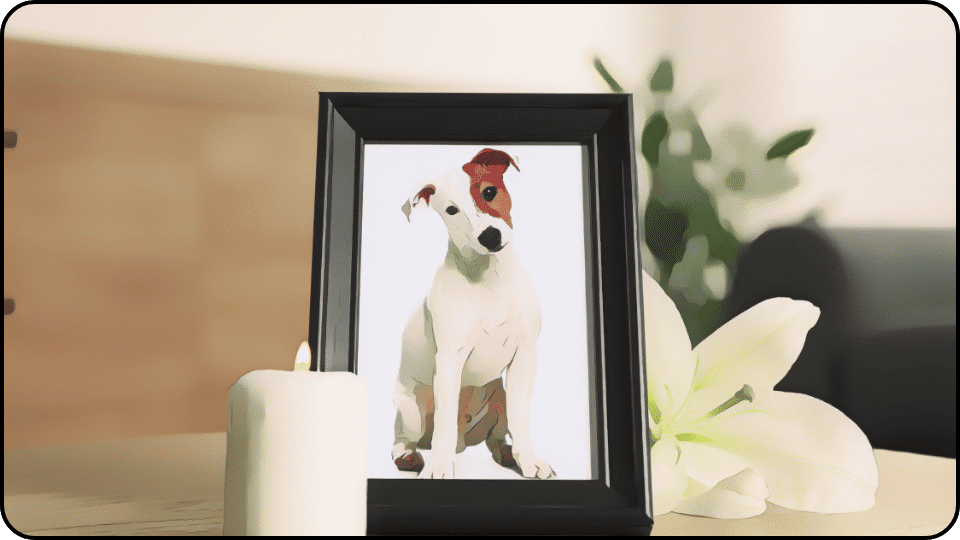
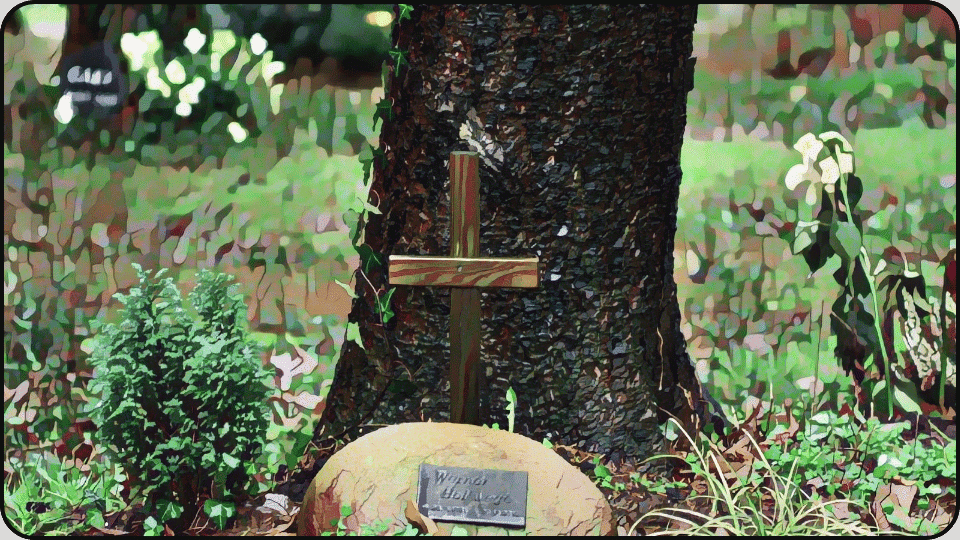
Pet cremation is a respectful and convenient alternative to home burial, offering flexibility for dog owners who may lack the space or resources for a backyard burial. This option ensures that your pet’s remains are treated with care and dignity, allowing you to keep their ashes as a cherished keepsake. Various cremation services are available, such as individual cremation, where your pet is cremated alone, ensuring you receive only their ashes. Communal cremation, on the other hand, involves multiple pets being cremated together, which may be more cost-effective but means you won’t receive your pet’s individual ashes.
Cremation allows for the preservation of your pet’s ashes, which can be kept in an urn or scattered in a meaningful location. Many pet owners find comfort in having a physical reminder of their pet, and some choose to create a small memorial at home with the urn and personal mementos. Additionally, there are options to incorporate the ashes into jewelry or keepsakes, providing a unique way to keep your pet close to your heart.
Exploring local pet cemeteries or memorial gardens can provide a peaceful and dignified final resting place for your pet. These venues offer a serene environment where you can visit and reflect on the happy memories shared with your beloved pet. Many pet cemeteries offer a range of services, including burial plots, grave markers, and memorial stones. This option can be particularly comforting for those who desire a dedicated space to honor their pet’s memory. Additionally, some memorial gardens provide personalized services, allowing you to create a unique tribute to your pet.
Pet cemeteries often offer perpetual care, ensuring that the resting place remains well-maintained and respected over time. This can be a comforting assurance for pet owners who wish for their pets to have a dignified and lasting memorial. Some cemeteries also provide options for family plots, allowing multiple pets to be buried together, which can be a meaningful choice for families with several pets.
Another meaningful way to honor your pet’s memory is by donating their body to a teaching school or research institution. This option can contribute to scientific research and education, providing invaluable insights into veterinary medicine and animal health. It’s a way to give back and ensure that your pet’s legacy continues to make a positive impact. Before making this decision, contact local institutions to understand their requirements and procedures. This thoughtful choice can be a profound way to celebrate your pet’s life and contribute to the greater good.
Donating your pet’s body can help advance medical research, potentially leading to breakthroughs in animal health and well-being. Many veterinary schools and research institutions rely on donations to train future veterinarians and conduct studies that benefit animal care. This choice can be an empowering way to transform your loss into a contribution that benefits the broader community and future generations of pets.
Dealing with Grief
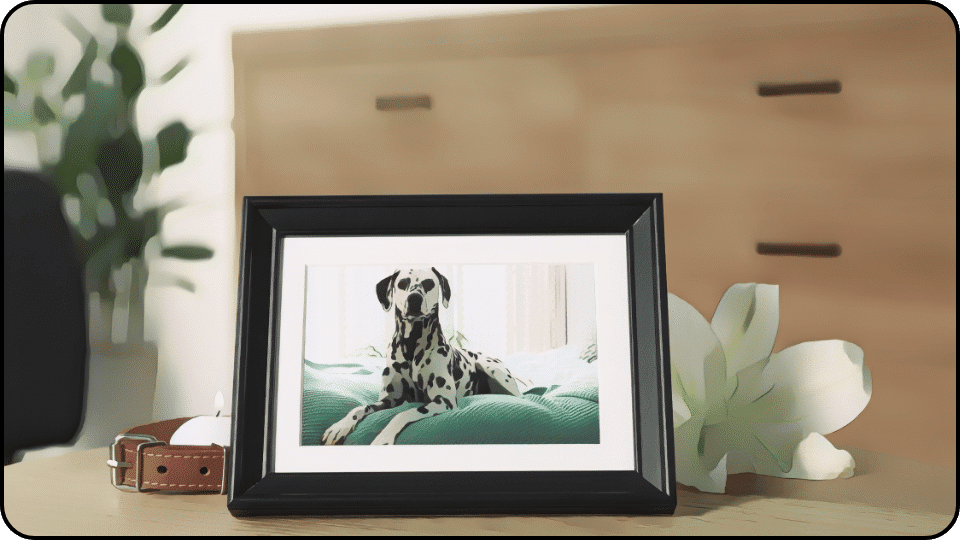
Grieving the loss of a pet is an intensely personal experience. It’s crucial to recognize and process your emotions during this period. Allow yourself to feel the sadness, anger, or confusion that may surface, as these emotions are natural and part of the healing journey. Consider reaching out to friends or family who understand the bond you shared with your pet. Sharing your feelings can provide comfort and support. Additionally, joining a pet loss support group can be beneficial, offering a safe space to connect with others who have faced similar losses. These groups often provide resources and coping strategies that can help you navigate through the grieving process.
Reflecting on the joyful memories of your pet can be a healing exercise. Take time to reminisce about the happy moments and the companionship they brought into your life. Celebrate their life by creating a tribute, such as a photo album or a video montage capturing your pet’s unique personality. You might also consider writing a few words or a letter to your pet, expressing your love and gratitude. These activities can help keep their memory alive and offer solace during your grieving process. Additionally, consider holding a small memorial service with family and friends, where you can share stories and remember the joy your pet brought into your life. This communal gathering can foster a sense of closure and collective healing.
Creating a memorial is another meaningful way to honor your pet. Consider planting a tree or a garden in their memory. This living tribute can symbolize the continuation of life and provide a serene place for reflection. A memorial stone or marker can also serve as a lasting reminder of your pet’s impact on your life. Choose something that reflects their spirit and the special bond you shared. Visiting the memorial regularly can become a comforting ritual, helping you to remember and cherish the love and joy they brought into your life. You might also want to incorporate your pet’s favorite toys or items into the memorial space, creating a personalized area that celebrates their presence and the happiness they brought to your home.
Creating a Memorial

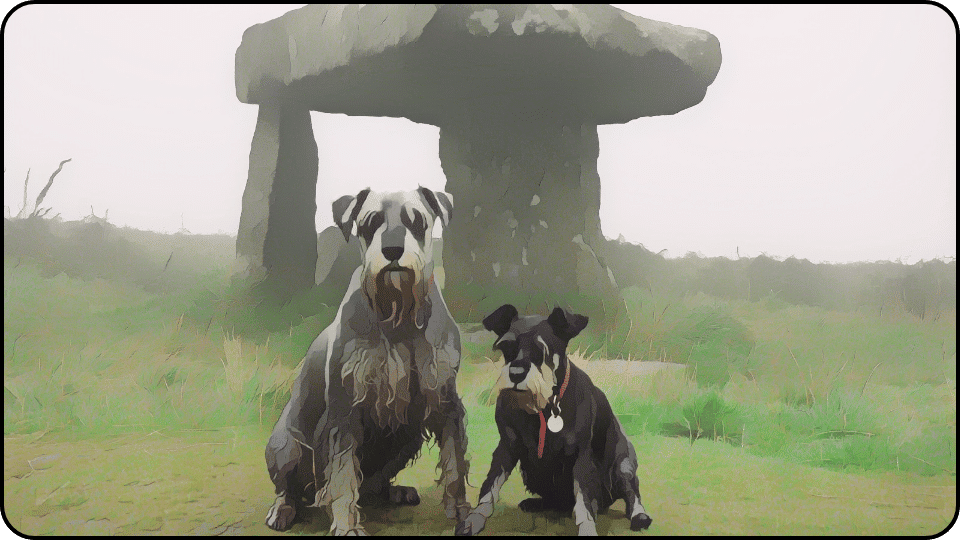
Creating a memorial for your beloved pet is a heartfelt way to honor their memory and keep their spirit alive. Choose a memorial stone or marker that reflects your pet’s unique personality and spirit. This could be a simple engraved stone or a more elaborate marker that captures the essence of your pet.
Consider planting a tree or flowers around the grave site. This can create a peaceful and beautiful memorial space that you and your family can visit. A living tribute, like a tree, symbolizes the growth and continuation of life, offering comfort during your grieving process. Flowers can add color and vibrancy, transforming the area into a serene place of reflection.
Take time to visit the gravesite regularly and reflect on the happy memories of your pet. These visits can be a comforting ritual, providing a chance to remember the joy and companionship your pet brought into your life. You might also want to bring along your pet’s favorite toys or a few words written in a journal to leave at the site. This personal touch can make each visit more meaningful.
Additionally, you can create a small garden around the grave, incorporating your pet’s favorite plants or herbs. This not only enhances the beauty of the memorial but also fosters a sense of closeness and connection to your pet. Creating a special place in your garden can serve as a constant reminder of the love and joy your pet provides.
Furthermore, consider adding a bench or seating area near the memorial. This can offer a comfortable spot for reflection and provide a space where family members can gather to share stories and memories of your beloved pet. Engraving a few words or a special message on the bench can add a personal touch and serve as a lasting tribute.
Another idea is to create a memory book or scrapbook filled with photos, anecdotes, and mementos of your pet’s life. This can be a cherished keepsake that you can revisit whenever you wish to reminisce about the happy times you shared. Including stories from friends and family who knew your pet can make the book even more special and comprehensive.
For those who enjoy crafting, consider making a mosaic or stepping stones with your pet’s name or paw prints. These can be placed around the garden or walkway leading to the memorial, adding a creative and personalized element to the space. The act of creating these items can also be therapeutic, providing a way to channel your emotions into something beautiful and lasting.
Plan Ahead

Planning for your pet’s final resting place is an important step in honoring their memory. Begin by considering what you want to happen to your pet’s body after their death. Options include a backyard burial, pet cremation, or even a pet cemetery. Each choice comes with its own set of considerations, from personal preferences to logistical challenges. Reflect on what feels right for you and your pet.
When considering a backyard burial, think about the space available and the emotional significance of having your pet close by. This option allows you to create a personal and intimate memorial site, where you can visit and remember your pet. However, ensure that the burial site complies with local regulations and is safe from potential disturbances by wild animals or other pets.
Pet cremation offers an alternative for those who may not have the space or desire for a home burial. It provides flexibility in terms of keeping the ashes as a keepsake or scattering them in a meaningful location. Consider the type of cremation that suits your preferences, whether it be individual or communal, and understand the differences in terms of cost and the return of ashes.
Exploring a pet cemetery can provide a dedicated and maintained resting place for your pet. These cemeteries often offer a range of services, including burial plots, grave markers, and perpetual care, ensuring your pet’s resting place is respected and preserved over time. This option can be particularly comforting for those who wish for a formal and dignified setting to honor their pet.
Next, research local laws and regulations regarding pet burial. These rules can vary significantly depending on your location, so it’s crucial to understand what’s permissible. Some areas may have restrictions on home burials, while others might require specific permits. Ensure you are informed and compliant to avoid any legal complications. You might also want to explore alternatives such as group cremation or individual cremation, depending on your circumstances.
Finally, prepare yourself and your family for the emotional journey of losing a pet. This can be a deeply emotional time, and seeking support from a pet loss support group can be incredibly beneficial. Such groups offer a space to share your grief and connect with others who understand the bond between a pet and its owner. Take time to grieve, remember the happy moments, and celebrate the life of your beloved pet. Consider creating a small memorial, like planting a tree or placing a grave marker, to keep their memory alive.
Additionally, involve family members in the decision-making process, allowing everyone to express their feelings and preferences. This can help create a sense of unity and shared remembrance, making the process of saying goodbye more meaningful and supportive for everyone involved. By planning ahead and considering all aspects of your pet’s final resting place, you can ensure a respectful and heartfelt farewell for your faithful companion.
Conclusion
Burying a dog is a deeply personal decision that requires careful consideration and planning. It involves not only the physical act of laying your beloved pet to rest but also the emotional journey of saying goodbye. This process can be emotionally draining, so it’s essential to approach it with thoughtfulness and care.
Begin by researching local laws and regulations regarding pet burial. Understanding these rules will ensure that you comply with any legal requirements and avoid potential issues. It’s also important to choose a burial site that is safe from wild animals and away from water lines, ensuring that your pet’s grave remains undisturbed. A well-selected location will provide peace of mind and a sense of security for you and your family.
When preparing for the burial, consider the depth of the grave. It’s recommended to dig the hole at least 3 to 4 feet deep to prevent other animals from disturbing the site. Cover the pet’s body with soil and compact it firmly. Adding a layer of kitty litter can help mask decomposition odors, further protecting the site from other animals.
Finally, remember to prioritize your emotional well-being during this difficult time. Take moments to reflect on the happy memories shared with your pet. Consider creating a memorial, such as a memorial stone or planting a tree, to honor your pet’s memory. Celebrate the life and companionship of your beloved pet, cherishing the moments of joy and love they brought into your life.
In addition to these considerations, think about how you can involve your family in the process. Including children or other family members in the burial can provide a sense of closure and shared remembrance. You might want to hold a small ceremony where everyone can say a few words or share a memory of the pet. This can be a healing experience, allowing each person to express their grief and love for the pet.
Furthermore, the long-term care of the burial site should be considered. Maintaining the area by planting flowers or adding a grave marker can ensure that the site remains a peaceful and respectful place to visit. This ongoing care can also be a way to continue honoring your pet’s memory, providing a sense of connection and solace over time.
Lastly, explore additional ways to commemorate your pet’s life. Creating a scrapbook, photo album, or memory box filled with pictures, toys, and other mementos can be a comforting way to remember the special moments shared with your pet. These keepsakes can serve as a lasting tribute, preserving the bond and love you had for your pet.
FAQs & Quick Answers
Home pet burial vs cremation
Despite the rising trend in pet cremation, many people still choose to bury their animals at home due to personal reasons. While cremation is becoming more common, it may not suit every family’s preferences. Concerns over trust issues and negative experiences have deterred some from opting for pet cremation. Furthermore, private cremation can pose risks if not handled properly. Typically, pet cremation is done communally, meaning your dog’s ashes may not be individually returned.
Is 2 feet deep enough to bury a dog?
To ensure a proper burial, you should dig a grave that is three to four feet deep, particularly in areas with deep soil, to accommodate the pet’s remains. After placing your pet in the grave, cover it with soil and consider placing stone slabs or large pots on top to mark the site and prevent disturbances.
What is the proper way to bury a dog?
Typically, if a pet requires hospitalization for treatment, it should be placed in a biodegradable bag or container for transportation. When burying, ensure the grave is about 3 to 4 feet deep and located away from areas prone to flooding.
Why use lime when burying a pet?
Using lime when burying a pet can help protect the pet’s grave by neutralizing odors and deterring other animals from disturbing the site. This is especially useful in areas with high water tables, ensuring that the grave remains undisturbed at a depth of at least 3 feet.
Should I wrap my dog before burying?
Wrap your pet’s body in a biodegradable material, such as a blanket or wool rug. Avoid using synthetic materials, plastics, or non-biodegradable containers.
Can I bury my dog at home?
In the UK, regulations regarding home animal burials are quite uncommon. If you own your property and use it as a domestic residence, you are generally allowed to bury your dog there, though it’s unlikely anyone will verify this detail. This applies specifically to England. If you live in another region, it’s advisable to check the local legal requirements. The notable exception involves cases where your pet’s remains are considered hazardous materials, which are subject to different interpretations. If you prefer not to take your pet home for a burial, explain your reasons to the veterinarian.

